Irish Terrier
The Irish Terrier is one of the most famous Irish dog breeds. They are known for their working ability as well as their great companionship. Their original purpose was to be a watchdog in the Irish farms, and they were in charge of vermin control in Irish stables as well as farms in general.
Like many other working terriers, the Irish Terrier also has high energy levels that require daily activity to be properly spent. This characteristic makes them best suited for people who own ranches, farms, or houses with large, fenced yards.
If you live in an apartment, make sure that your Irish Terrier doesn’t spend too much time on their own and that you provide them with plenty of exercise and room to move around. If those needs are not provided for, they have a tendency, as all terriers do, to develop problematic and destructive behavior.
However, if all their physical needs are met, you will have the most loving and affectionate companion you can imagine.

Height:
16-20 in (41-51 cm)

Weight:
25-27 lb (11-13 kg)

Origin:
Ireland

Life Expectancy:
13-15 years
Dog Breed Characteristics
Exercise
This is a high-energy dog that requires daily activity to spend his energy. Irish Terriers will enjoy all the fun activities such as long walks, hiking, canine sports, or just playing with their owner. To make this dog happy, you will have to devote your time to playing sessions if you don't want him to develop behavior problems.
In fact, they will become bored and destructive if they don't spend all their energy outside.
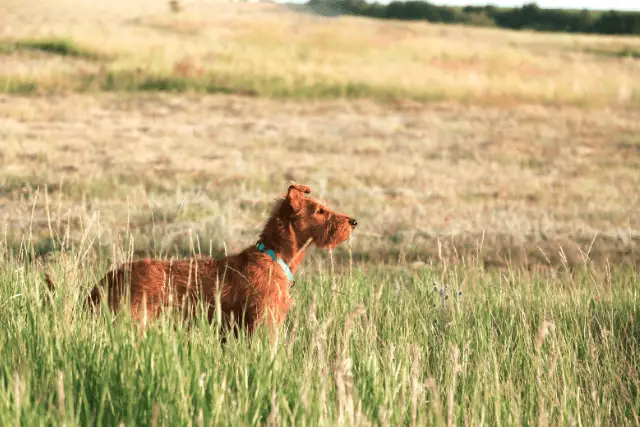
Socialization
These dogs are generally affectionate towards people of their own family but are not the most trustworthy towards strangers they haven’t met before. If you combine these two characteristics, the result is a great watchdog. The Irish Terrier especially love children and has plenty of energy to follow and play with them without getting exhausted.
However, no matter what breed is in question or how well the dog has been trained, children and dogs should never play without supervision.
The Irish Terrier has a nickname, and it is “Daredevil.” It is a nickname that suits them pretty well as they are not the most tolerant towards other dogs. They can be aggressive and dominant, especially towards dogs of the same sex.
They are brave, fearless, and can be stubborn, which means they will pick a fight with much stronger and bigger dogs. It is not uncommon for dogs to get in a fight but it usually ends up when one dog backs down. The problem with Irish Terriers is that they never back down and will continue to fight despite suffering or inflicting serious damage and injuries.
They were bred to control vermin and keep watch over Irish farms, so it is no wonder they have a strong prey drive. They can learn to get along with other pets in the household but shouldn’t be trusted around smaller animals like ferrets, gerbils, or guinea pigs.
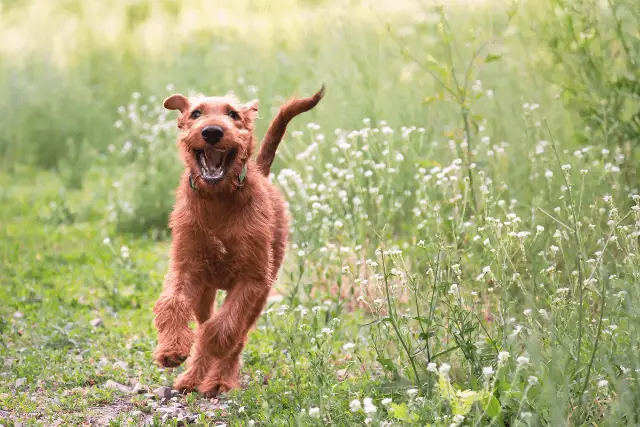
Coat care
These dogs are light shedders and only shed somewhat heavier during the shedding season. They have a hard, wiry coat that grows close together. Their coat was meant to protect them from getting wet or from the rain while they were working. Some owners decide to clip their coats so the grooming takes even less effort.
The rest is basic care. Trim their nails if they do not wear them out naturally, and brush their teeth at least three times per week so you prevent bacteria and tartar buildup.
Health problems
The Irish Terrier is generally considered a healthy breed, but they are prone to health issues and concerns like any other dog breed. These dogs have an average lifespan of 13-15 years.
When getting any breed, the breeder must show you the health tests that they have done for their breeding dogs. Dogs must be adequately tested because taking a chance and hoping that the puppy’s parents are healthy is a risk no one should ever take. Only healthy dogs should be bred because that is the only way to ensure that bloodlines will remain healthy and without any problems. Health problems associated with this breed are;
- Hypothyroidism - A health problem caused by the hyperproduction of hormones from the thyroid gland.
- Hip dysplasia - Genetic problem affecting hips resulting from an improperly formed hip joint.
- Elbow Dysplasia - Usually, it affects large breeds and is caused by uneven growth of three bones making a dog’s elbow.
- Von Willebrand's Disease - A problem with blood clotting can affect humans and dogs.
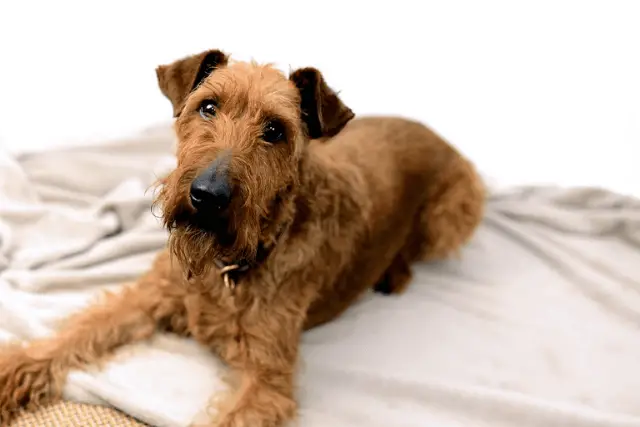
Breeders
If this breed is a good fit for you and/or your family, make sure that you find a registered and reputable Irish Terrier breeder that can provide you with a great dog that will be physically and mentally healthy. Ask the breeder to show you the health certificates of his breeding dogs and if you can, try and see what the puppy’s parents look like.
Buying a dog from a responsible breeder will cost you more money, but you can be sure you will get a healthy puppy. If you cannot buy a dog, we advise you to search for local animal shelters because there is a chance you can find an Irish Terrier dog in it.
When you bring your new puppy home, start with the training and socialization immediately. By doing so, you will end up with a well-behaved dog whom you can trust.
World Dog Finder team

Updated at31.08.2023.
Breed History
Irish terriers originate from rural Ireland, and they were all-purpose farm dogs. They were used as watchdogs, flock guardians, and hunting companions. Irish Terriers developed in the breed as we know it today in the 1870s and they were officially recognized by the American Kennel Club in 1885.
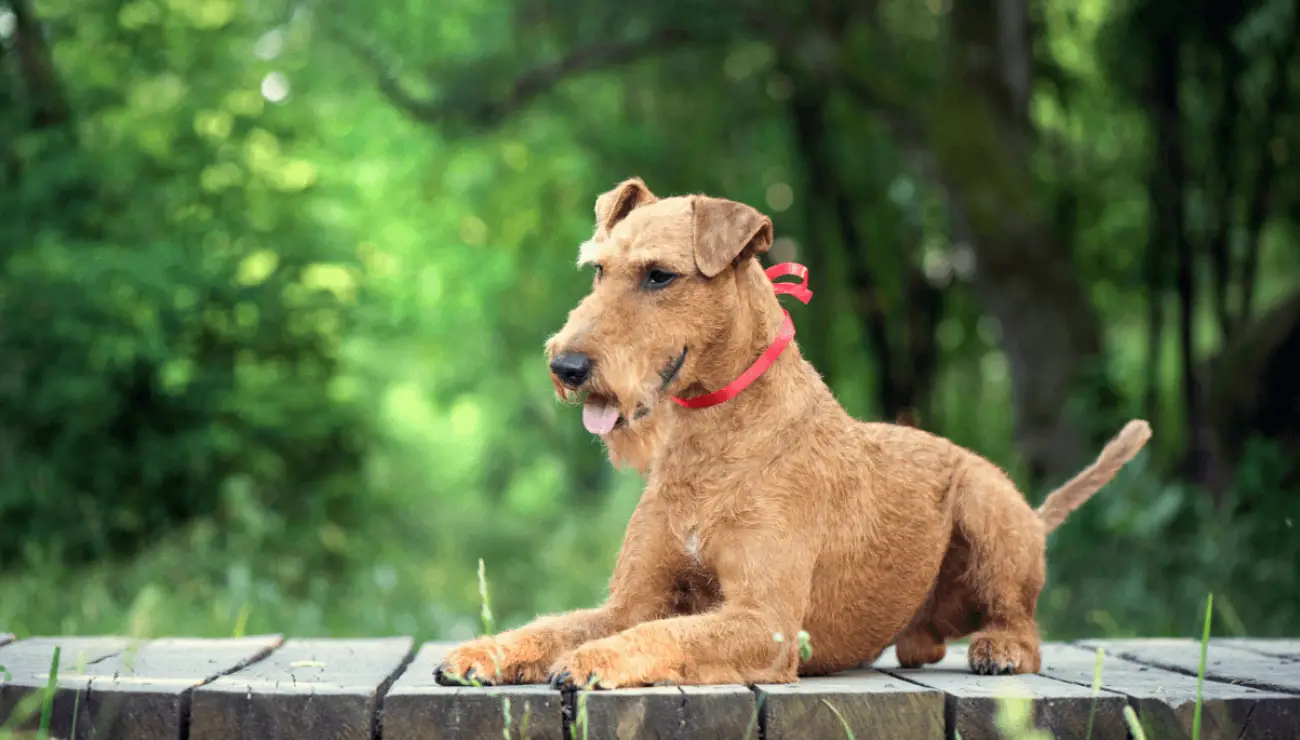
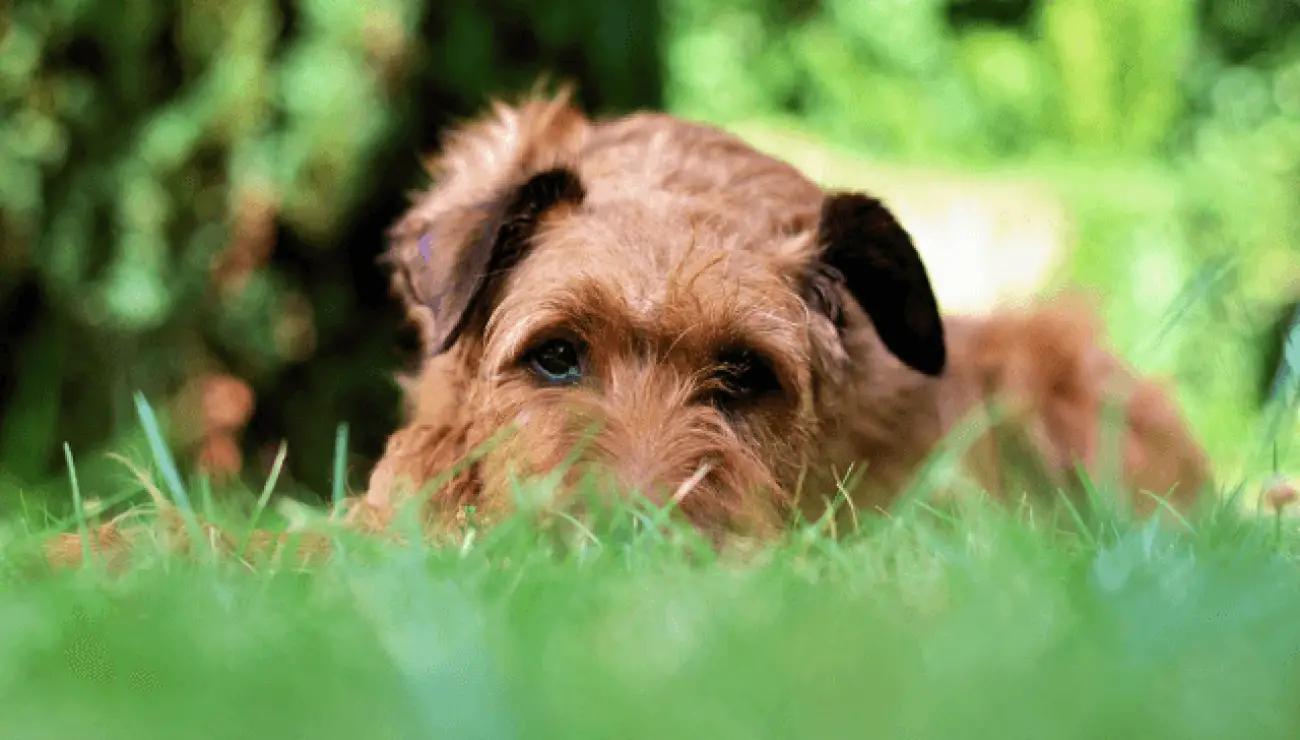
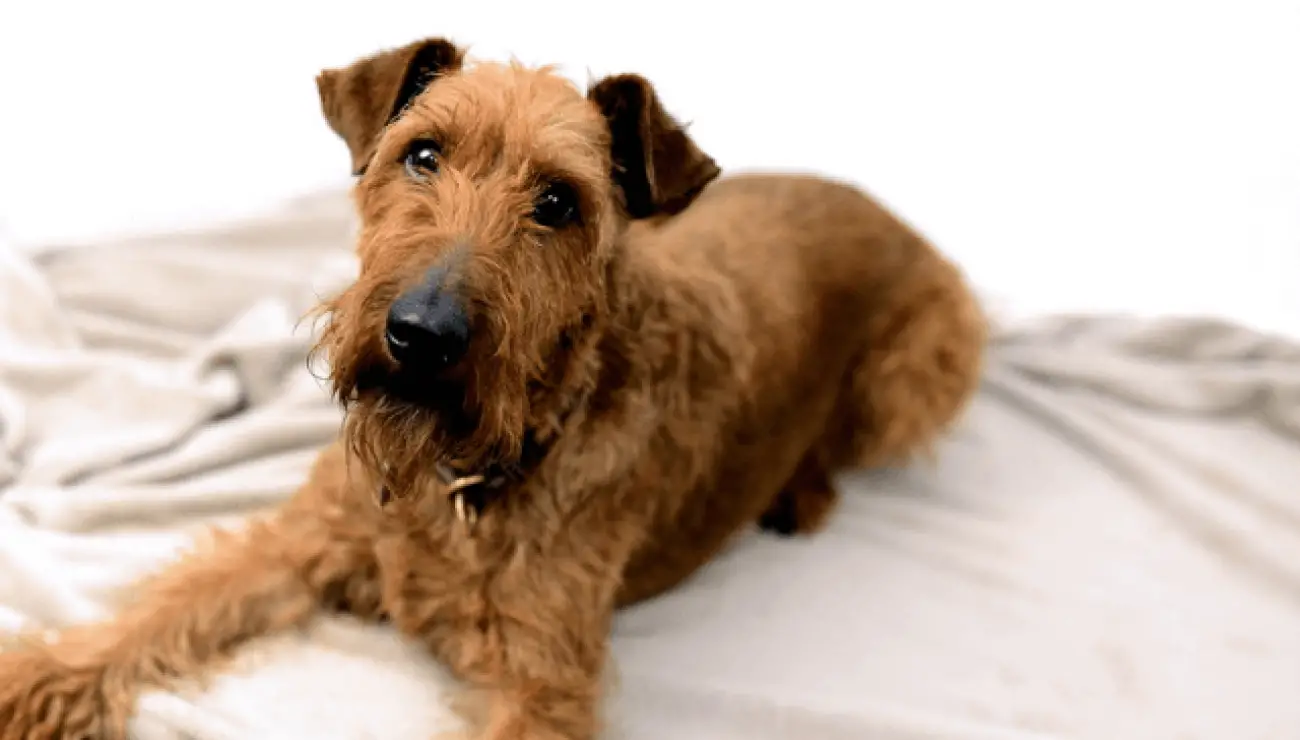
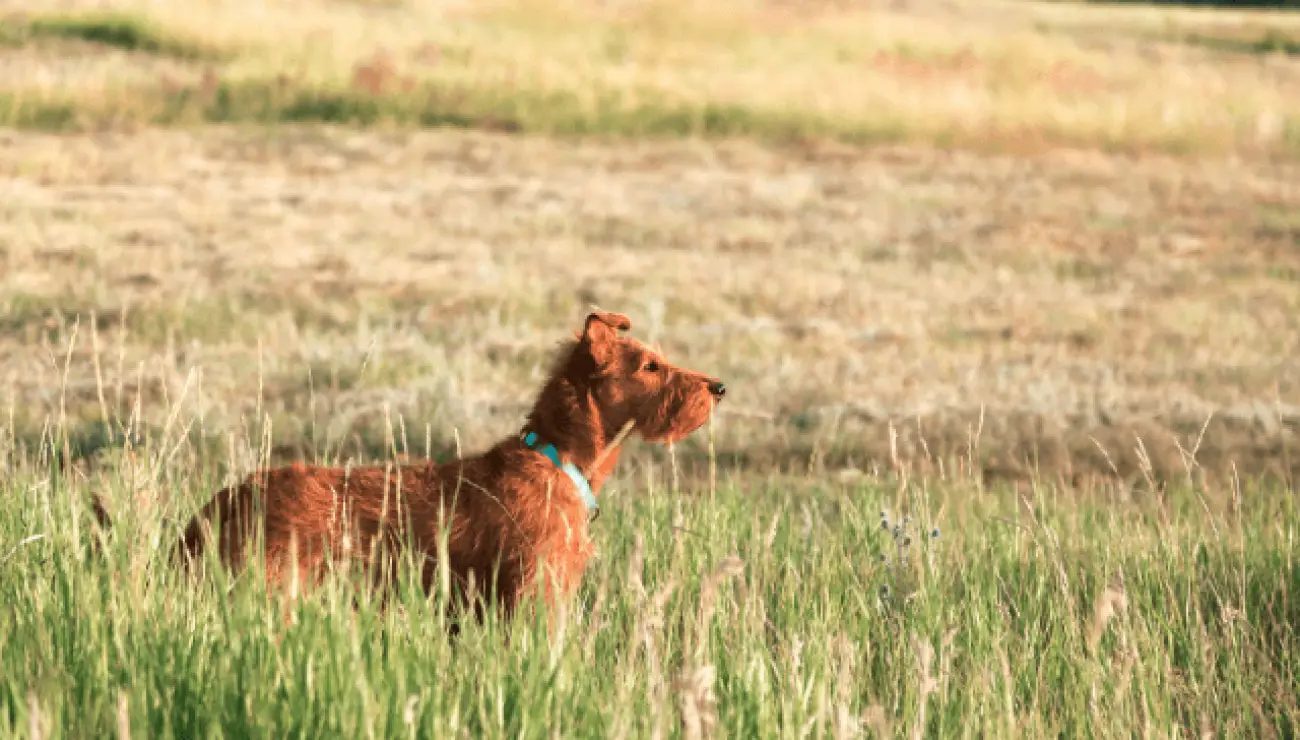
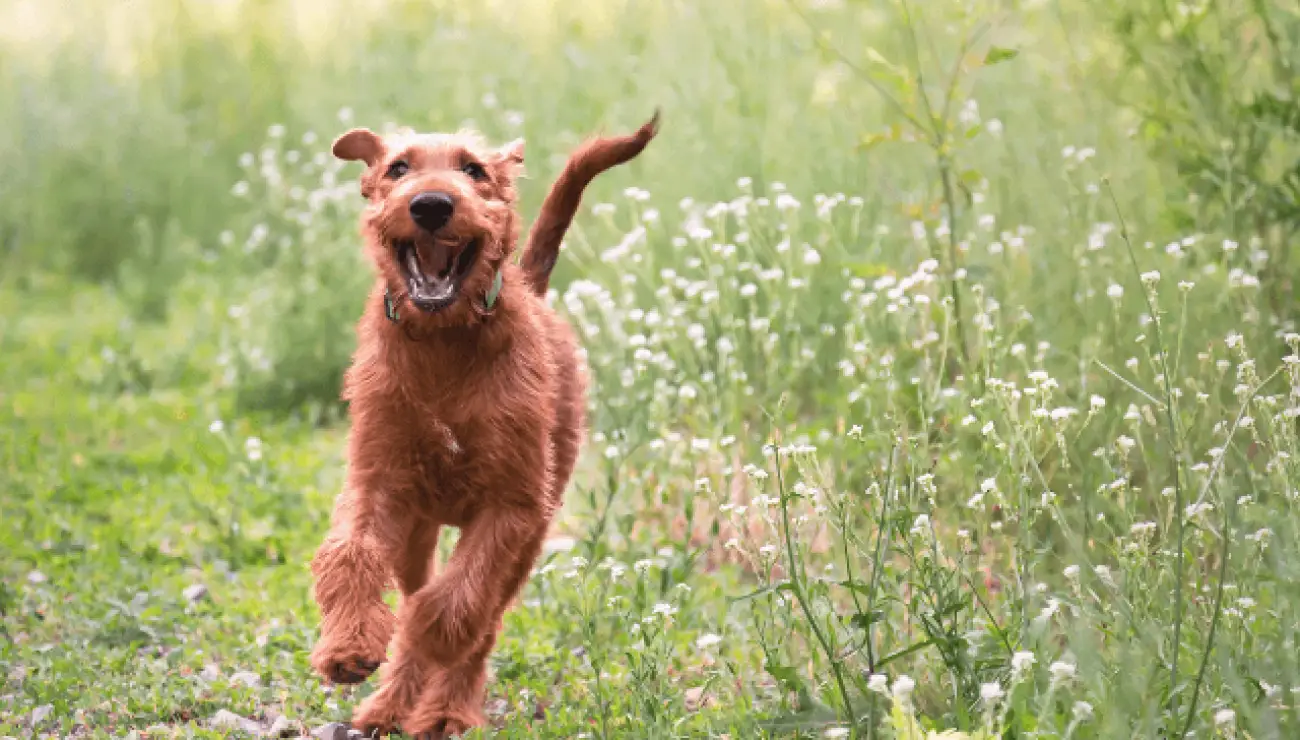
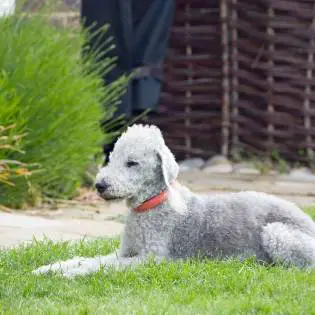


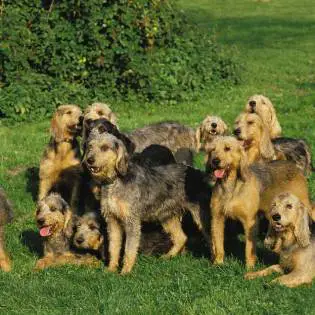
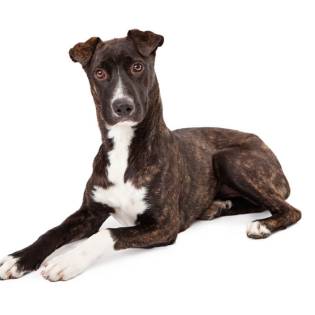

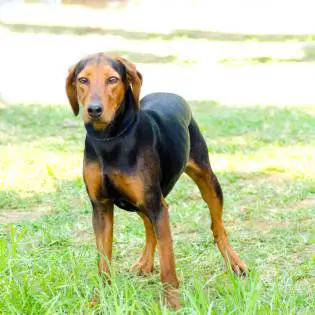
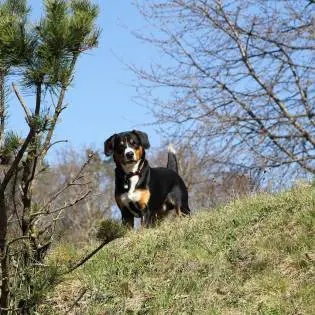
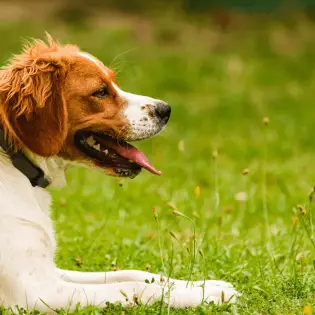
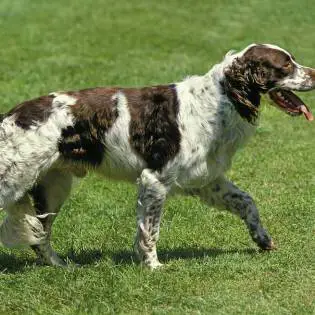

Share